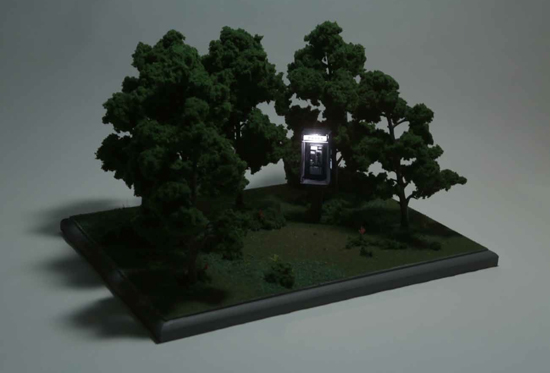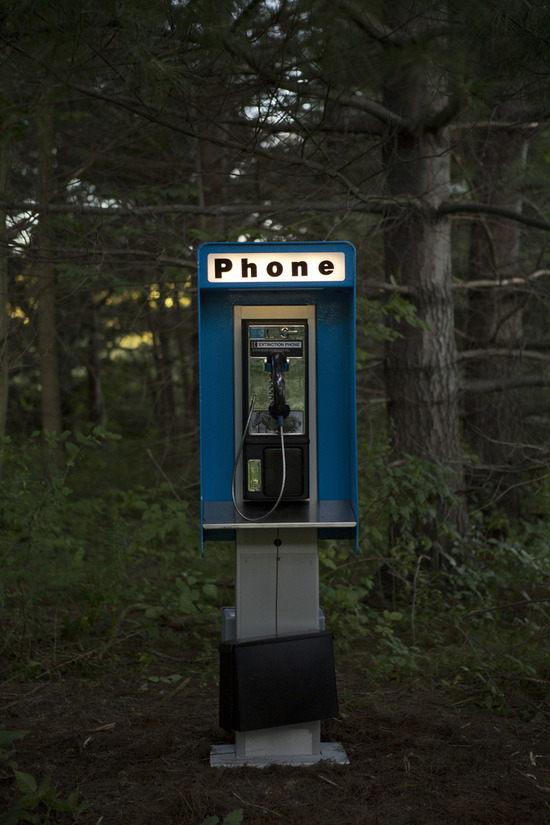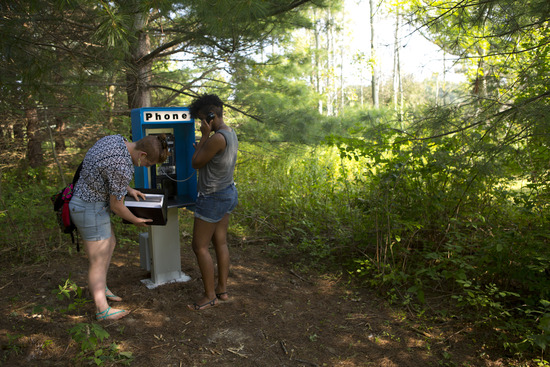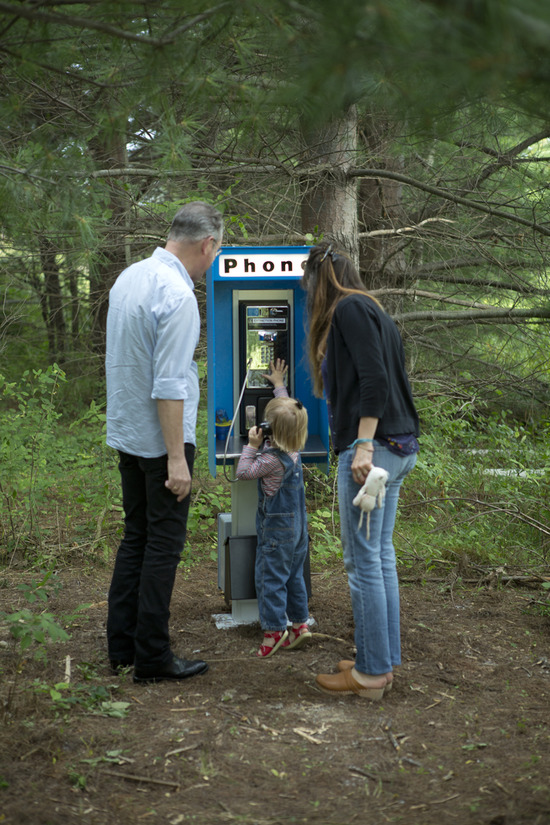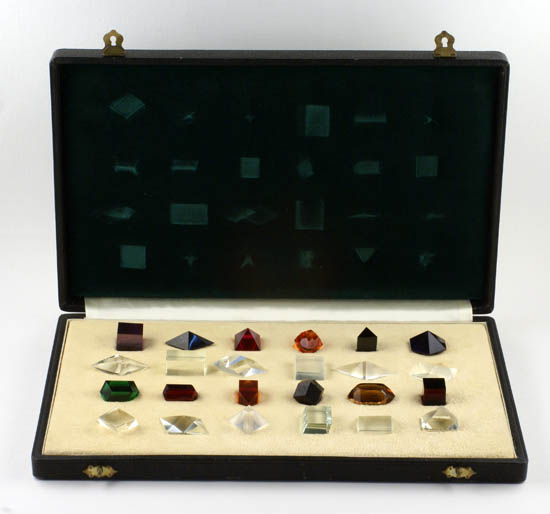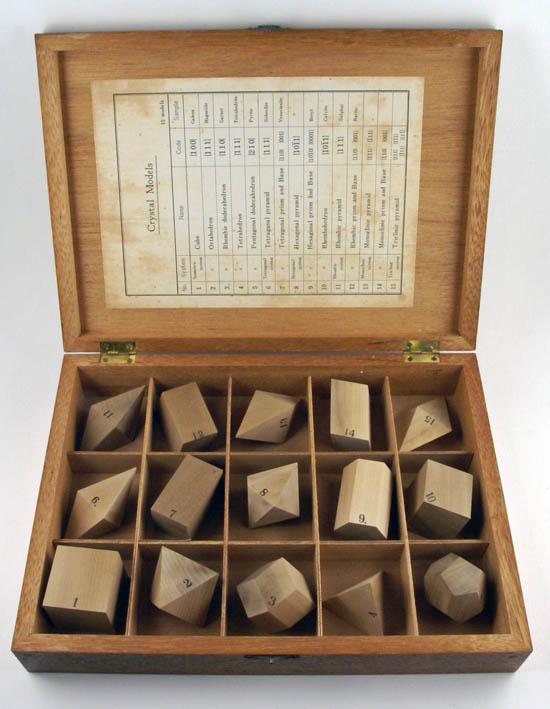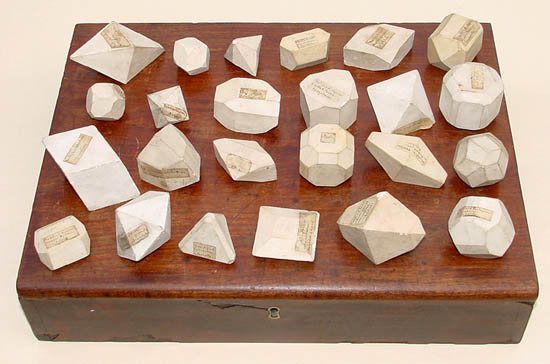Nicholas Monsour
Extinction Phone, 2014
Aluminum, thermoplastic, PVC, plywood, paper, refurbished pay phone, crystal oscillator timer circuit, Arduino control circuit, audio circuit, lead-acid batteries, recordings of extinct species, phone book containing scientific names of extinct species.
The extinction phone rings every time a unique species goes extinct on Earth, which is 73,000 times per year, or 200 times per day, or every 7.2 minutes.
This project is a site-specific, interactive art installation. The phone is controlled by an Arduino microcontroller, and uses an AdaFruit Waveshield to playback audio. The phone also includes custom built timer and interaction circuitry. The recordings of extinct animals were gathered from various libraries and collections around the world.

The directory that hangs from the pay phone contains the most up to date and comprehensive list of identified species believed to be extinct. The phone book can be purchased here.
